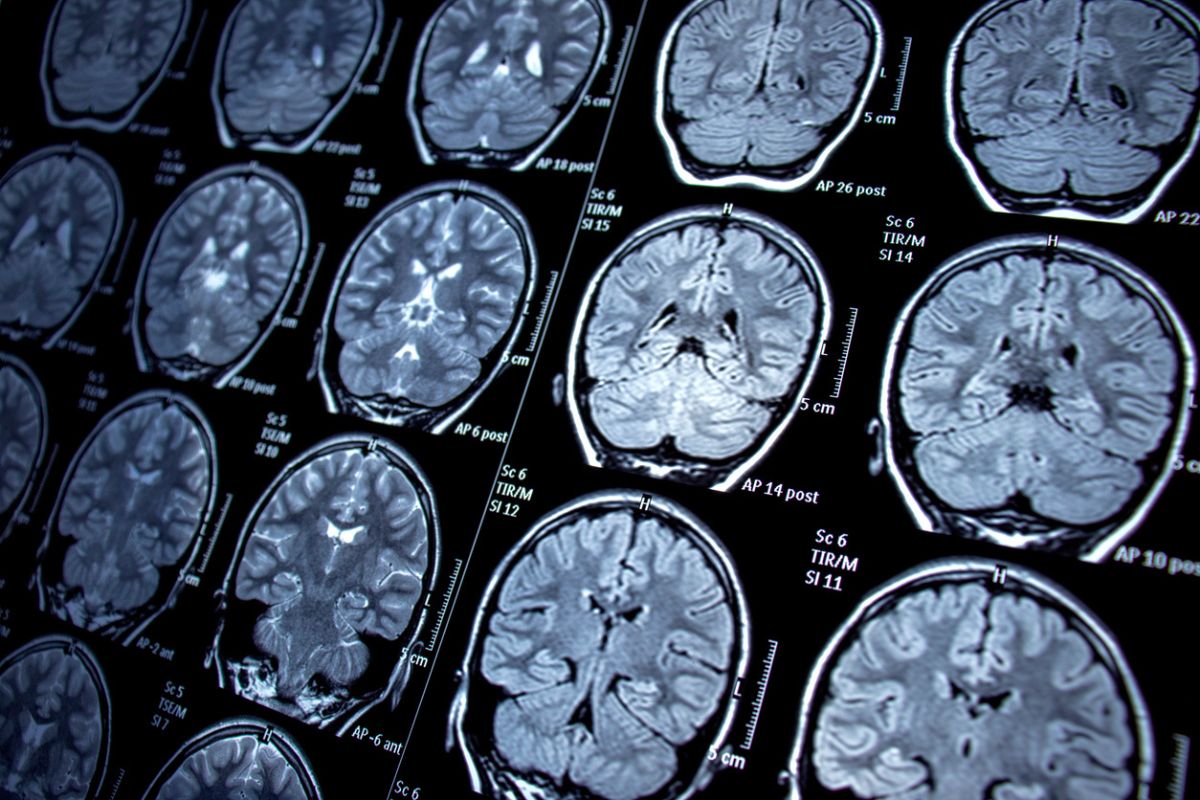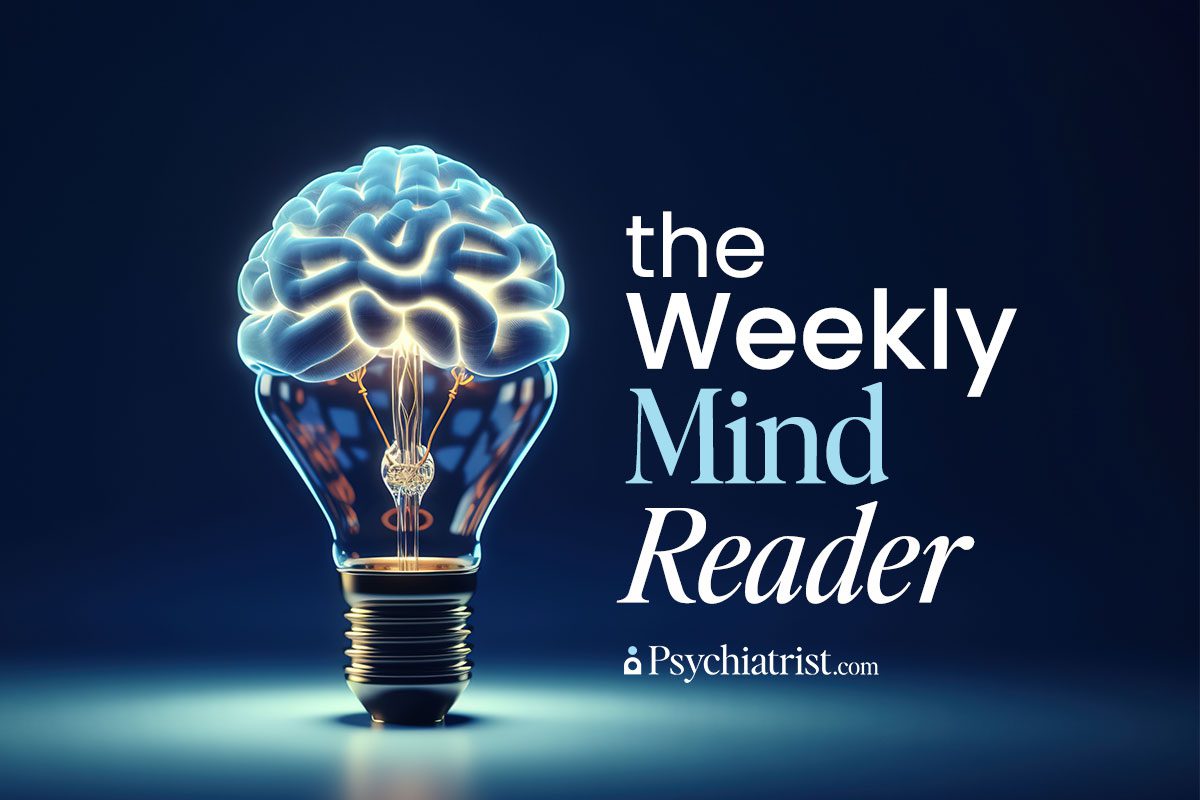As if Alzheimer’s isn’t frightening enough, a new study has revealed at least five cases of the disease stemming from decades-old medical treatments.
A team of researchers at University College London found the first recorded evidence of medically acquired Alzheimer’s. The researchers found evidence to blame the transmission on the amyloid-beta protein.
Childhood Treatments Return in the Worst Way
The study, published in Nature Medicine, documents multiple patients who’d received treatment as children with cadaver-derived human growth hormone or c-hGH.
U.K. medical professionals administered these treatments to more than 1,800 kids between 1959 and 1985. Doctors used these treatments to combat multiple causes of short stature. Doctors halted the treatment in 1985 after regulators found that some c-hGH batches contaminated with prions (infectious proteins) known to cause Creutzfeldt-Jakob disease (CJD). As a result, physicians resorted to a synthetic substitute.
Earlier research showed that because of the CJD, some of these patients developed deposits of the amyloid-beta protein in their brains.
Alzheimer’s Study Specifics
This latest paper recounted the stories of eight children whose doctors referred them to UCLH’s National Prion Clinic at the National Hospital for Neurology and Neurosurgery in London. Doctors treated all of them with c-hGH, which typically lasted for years.
Five of these patients later reported signs of dementia. And doctors either had already diagnosed Alzheimer’s or would have. The study documented a sixth who met the criteria for mild cognitive impairment.
These patients were between 38 and 55 years old when they started experiencing neurological symptoms. Biomarker identification supported the diagnoses of Alzheimer’s in two patients and appeared suggestive of the condition in one other person. Finally, an autopsy uncovered Alzheimer’s pathology in a fourth patient.
A Contrary Alzheimer’s Presentation
The atypically younger age at which these patients developed symptoms hints that they didn’t experience the traditional random bouts of Alzheimer’s presentation, which researchers typically connect to much older patients.
In each of these cases, the researchers were able to eliminate a genetic link.
“We have found that it is possible for amyloid-beta pathology to be transmitted and contribute to the development of Alzheimer’s disease,” first author Dr Gargi Banerjee, with the UCL Institute of Prion Diseases, explained. “This transmission occurred following treatment with a now obsolete form of growth hormone, and involved repeated treatments with contaminated material, often over several years.”
A Singular Source of Transmission
It’s worth adding that the researchers emphasized that since the medical community abandoned c-hGH treatment years ago, this type of transmission is obsolete. And they haven’t been able to document any reported cases of Alzheimer’s acquired from other medical procedures. They added that patients can’t transmit amyloid-beta casually.
“There is no suggestion whatsoever that Alzheimer’s disease can be transmitted between individuals during activities of daily life or routine medical care,” lead author Professor John Collinge, Director of the UCL Institute of Prion Diseases and a consultant neurologist at UCLH, insisted.
Nevertheless, the team stressed the importance of safeguards to prevent the accidental transmission of amyloid-beta.
“Importantly, our findings also suggest that Alzheimer’s and some other neurological conditions share similar disease processes to CJD, and this may have important implications for understanding and treating Alzheimer’s disease in the future,” Collinge added.
Further Reading
Assessment for Alzheimer’s Disease
Mild Cognitive Impairment and Early Alzheimer’s Disease Management and the Role of New Treatments



